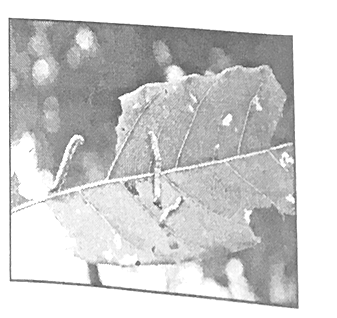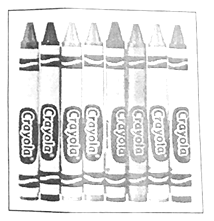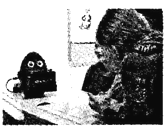书面表达
上星期,学校就学生的作业量问题要求各班召开家长会进行讨论。以下是你班家长的观点:多数家长认为作业多有好处,而部分家长则认为作业过多对孩子的成长不利。请你根据下面方框中的提示,用英语作一简要介绍并表明你自己的观点。
Most parents | A few parents |
◇ review what students have learned | ◇ take a lot of time |
◇ develop students’minds | ◇ cannot have a good rest |
◇ stop students playing computer games | ◇ cannot do the things students like |
◇ … | ◇ |
注意:(1)可以适当增加细节,要求意思连贯,语句通顺;
(2)词数80左右;短文的开头已给出(不计入总词数)。
Last week our class had a parents' meeting. At the meeting, all the parents talked about whether doing a lot of homework was useful or not. Many parents thought that doing much homework was useful.
_____________________________________________________________________________________________________________________________________________________________________________________________________________________________________________


